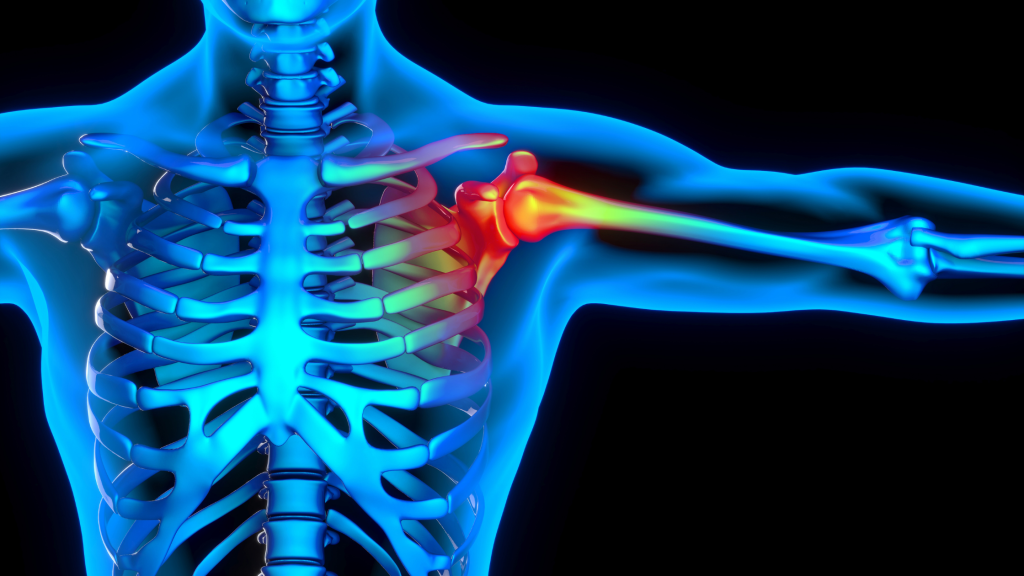
Human arm or simply human upper limb has an upper arm and forearm. The upper arm bone consists of a single long and strong and two bones in the forearm. So in the total, human arm consists of three long bones.
We all know the function of our arm and hand, in this article we will discuss what are these three bone are, what we call it as and its few anatomical features.
We will also cover the possible fracture these bone often encounter.
So, without delay lets get started.
Anatomy of arm bone
The bone of upper arm is known as humerus bone, it is comparatively stronger than the bones of the forearm. The two bones of the forearm are radius and ulna. Let us start with humerus bone.
Humerus bone

The hemispherical shape of the head of
Just move your shoulder and observe that we can do all the following movements like:
- Shoulder elevation,
- Extension,
- External rotation,
- Shoulder internal rotation,
- Abduction,
- Adduction,
- Circumduction
Below the head of humerus is the log thick part and it is termed as shaft of humerus. on its upper end the shaft is bit circular in cross-section that gets flat in the lower end.
At the end of the flat and triangular lower end of the shaft is articular surface known as condyles. Here it makes elbow joint with the two bone of the forearm.
Common fractures in humerus bone
Due to the any external or internal force there are few fracture or dislocation that can happen in humerus bone.
- Shoulder dislocation.
- Greater trochanter fracture.
- Fracture shaft of humerus.
- Supracondylar fracture.
- Intercondyalr fracture.
Radius and ulna bone

The two bones of forearm are radius and ulna. Radius lies on outer side of forearm and ulna on the inner side.
To make it more clear and memorable, the bone that aligns with our thumb is radius bone and the bone that aligns with little finger is ulna bone.
They both lie parallel and upper end takes part in elbow joint formation and lower end forms wrist joint.
Common fracture of ulna and radius bone
- Monteggia fracture dislocation.
- Colle’s fracture,
- Smith fracture.






Pingback: 9 Easy Supracondylar Fracture Humerus Physiotherapy Exercises| Elbow Fracture - Physiosunit
This literary analysis essay example is a nice help for everyone interested in writing craft and wish to find answer on all the interesting related issues.
That first diagram picture of a humerus is incorrectly labeled as a femur. "Greater Trochanter" should be "Greater Tubercle". "Medial and lateral malleolus" should be "medial and lateral epicondyle". There is no such thing as a "condylar". That line is pointing to a random spot between the trochlea and the capitulum. Very misleading image.